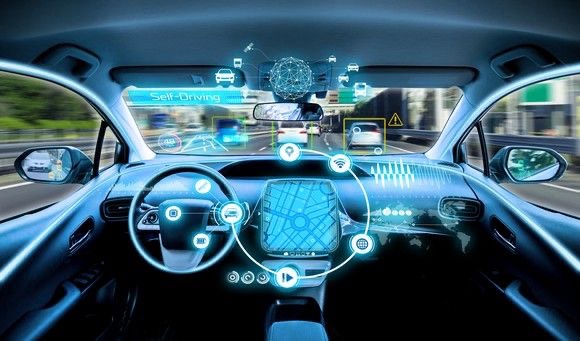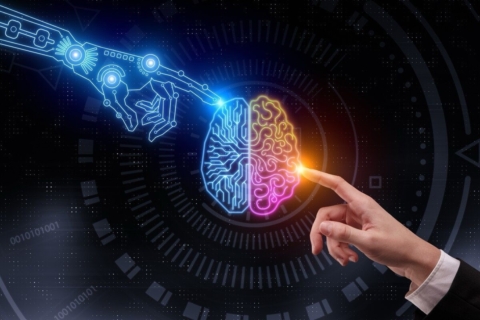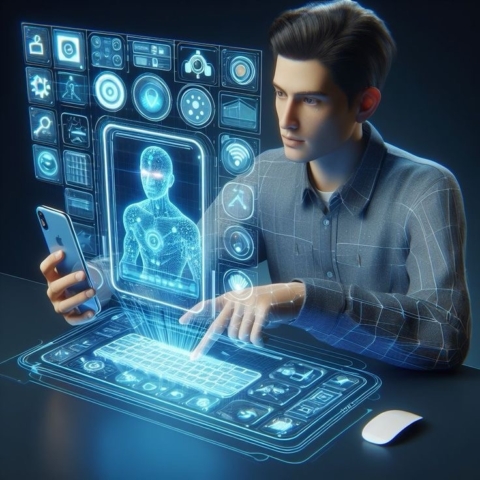Transportation is undergoing a transformation, one that will redefine how we move from place to place. From self-driving cars that promise safer roads to hyperloop systems that could cut travel times by hours, the future of transportation is closer than you think. But what do these innovations mean for us in our everyday lives?
Let’s explore how self-driving cars and hyperloop systems are not just technological marvels but practical solutions to the challenges we face today.

Self-Driving Cars: Safer Roads, More Freedom
Imagine a world where traffic accidents are almost nonexistent, commuting is stress-free, and you can reclaim hours lost to driving. That’s the promise of self-driving cars. Powered by artificial intelligence (AI) and advanced sensors, these vehicles can navigate roads, avoid obstacles, and make decisions faster than humans ever could.
- Safety First
Human error accounts for 90% of road accidents. Self-driving cars eliminate distractions, fatigue, and risky behaviors like speeding or texting while driving. With precise algorithms and 360-degree vision, these cars promise safer journeys for everyone.
For instance, think of a parent driving home after a long day. In a self-driving car, they could relax, catch up on a book, or even spend quality time chatting with their kids, all while the car safely navigates.
- Accessibility and Inclusion
For individuals who can’t drive like the elderly, disabled, or those without a driver’s license, self-driving cars offer newfound independence. Imagine your grandparents being able to visit their friends or run errands without needing help. These cars aren’t just convenient; they’re empowering. - Environmental Impact
Many self-driving cars are electric, reducing greenhouse gas emissions and pollution. They also drive more efficiently, cutting down on fuel consumption and traffic congestion. Picture a future where your morning commute doesn’t involve honking horns and endless waiting, just smooth, efficient travel.
The Hyperloop: Speed Meets Sustainability
While self-driving cars are transforming roads, the hyperloop is redefining long-distance travel. Think of it as a high-speed train, but better. The hyperloop uses magnetic levitation and vacuum-sealed tubes to transport pods at speeds of up to 760 mph.
- Cutting Travel Time
Imagine traveling from Accra to Lagos in under an hour or from New York to Washington, D.C., in just 30 minutes. Hyperloop systems make this possible. This speed isn’t just about convenience it’s about opportunity.
For example, people could live in one city and work in another without spending hours commuting. A student could attend a university miles away and still make it home for dinner. Hyperloop systems bring the world closer together.
- Sustainable and Eco-Friendly
The hyperloop is designed to run on renewable energy, making it a green alternative to cars and planes. With climate change being a global concern, the hyperloop offers a sustainable way to connect cities without harming the planet. - Affordable Travel for All
Despite its futuristic technology, the hyperloop aims to be cost-effective. Lower construction and maintenance costs compared to traditional rail or highways mean cheaper tickets. Imagine being able to visit loved ones or explore new cities without worrying about expensive flights or long bus rides.
What This Means for Us
These technologies are not just for tech enthusiasts, they’re for everyone. Whether it’s a self-driving car picking your kids up from school while you’re stuck at work or a hyperloop system allowing you to attend a wedding in another city without taking days off, these innovations make life easier, safer, and more connected.
But there are challenges too. Regulatory hurdles, public trust, and infrastructure costs remain. However, with governments, tech companies, and researchers working together, these obstacles are slowly being overcome.
Conclusion
The future of transportation isn’t just about getting from point A to point B, it’s about how we live our lives. Self-driving cars and hyperloop systems promise a world where safety, convenience, and sustainability go hand in hand.
As these technologies become mainstream, they will redefine not just how we travel but how we connect with each other and the world around us. The future of transportation is not some distant dream, it’s a reality we’re stepping into, one innovation at a time.







